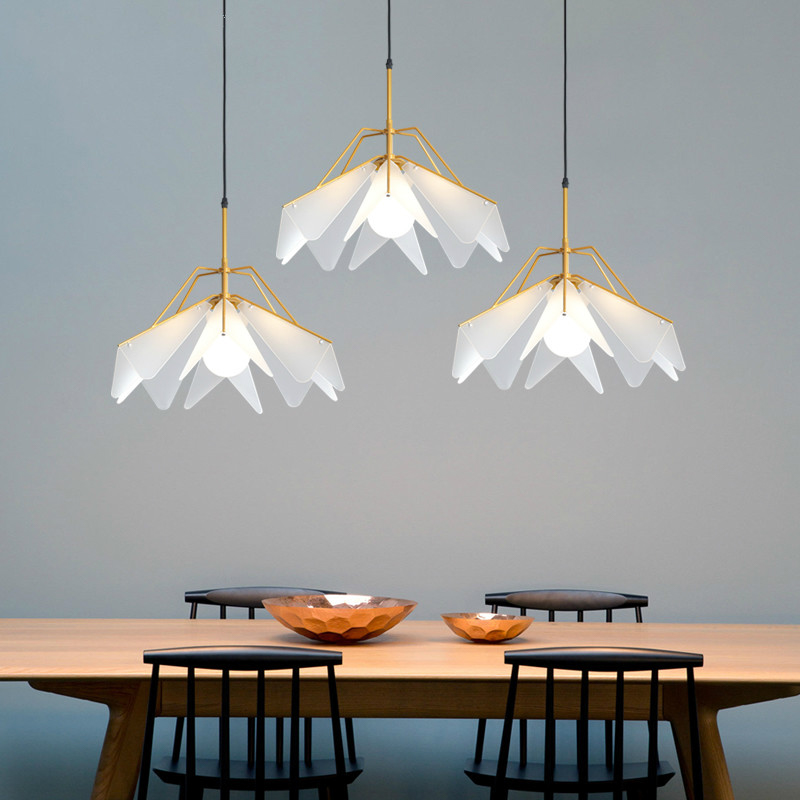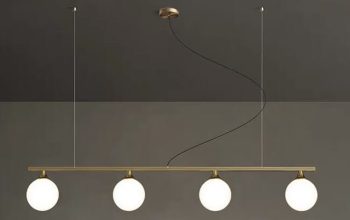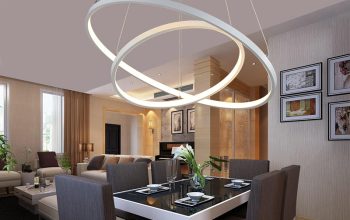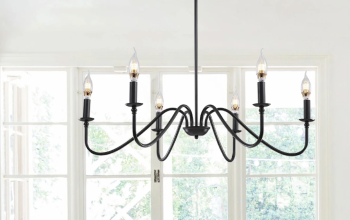Design is not just about creating something that looks good, it is about creating something that works. Norman design, also known as user-centered design, is an approach that aims to create products or services that are both aesthetically pleasing and highly functional.
The Norman Design Philosophy
The Norman design philosophy is based on the belief that people should be at the center of design. This means that designers should focus on creating products and services that are intuitive and easy to use, while also being visually appealing.
Norman design was first introduced by Don Norman, a cognitive scientist who worked for Apple in the 1990s. Norman believed that design should be user-centered and that designers should take the cognitive processes of users into account when creating products and services.
Usability
One of the key principles of Norman design is usability. This means that products and services should be easy to use and understand, even for people who are not technically inclined. Norman believed that if a product or service is not user-friendly, then people will not use it.
Usability testing is an important part of the Norman design process. This involves observing people using the product or service and identifying any areas where users struggle. Changes are then made to the design to make it more user-friendly.
Aesthetics
Another key principle of Norman design is aesthetics. Products and services should not only be functional, they should also be visually appealing. Norman believed that an attractive design can increase the user’s feelings of satisfaction and pleasure while using the product.
Aesthetics can also play a role in usability. For example, a product that is visually appealing can make it easier for the user to navigate and find what they are looking for.
Norman Design in Action
Norman design can be seen in many products and services today. One example is the iPhone. The iPhone’s user interface is designed to be intuitive and user-friendly, even for people who are not technically inclined. The icons are large and easy to read, and the navigation is simple and straightforward.
Another example is the Nest thermostat. The Nest thermostat has a simple and elegant design, with a large round dial for adjusting the temperature. The design is not only attractive, but also easy to use, with clear indicators for temperature and other settings.
Challenges of Norman Design
Although Norman design has many benefits, it can also present challenges. One challenge is finding the right balance between usability and aesthetics. Sometimes, aesthetics can come at the expense of usability, making the product or service difficult to use.
Another challenge is creating a design that is universally appealing. People have different preferences when it comes to aesthetics, and what looks attractive to one person may not appeal to another.
Norman design is a philosophy that puts people at the center of design. It is an approach that aims to create products and services that are both functional and visually appealing. By focusing on usability and aesthetics, Norman design can help to create products and services that people love to use. Despite its challenges, Norman design continues to be a popular approach among designers and companies alike, and is likely to remain an important part of the design process for years to come.




